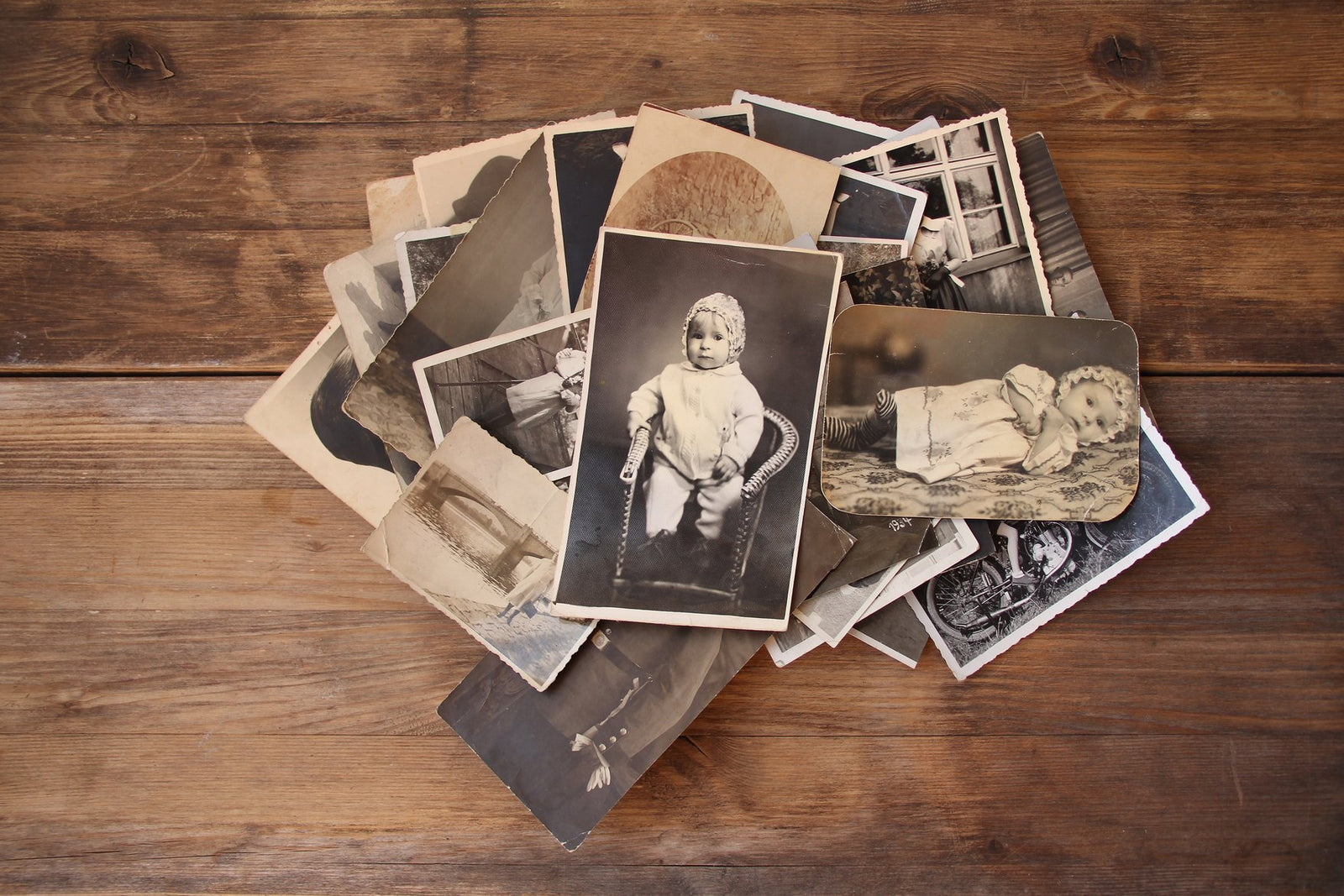What Causes Photos to Fade?
June 16, 2021

While some memories last forever, even the most indelible images can fade over time – whether prints, negatives, or slides. You might be wondering, why do photos fade? There are many different reasons why.
Ultraviolet light:
So, why do colors fade in the sun? When color film became widely available to consumers in the early 1960s, the dyes were highly unstable. But even prints from the 1970s can look like washed-out smudges. The ink used to print these photographs contained a light-absorbing molecule called chromophores. When these compounds absorb any amount of light, the chemical bond of the picture dye, pigment, and ink break down, causing portions of the photo emulsion (surface) to separate into tiny pieces. The result is a faded, hazy, or discolored picture. Because magenta (red) dye is the most unstable when exposed to light, compared to cyan/blue and yellow, it’s common for older photos to have a slightly greenish tint.
Pigment dyes (laser printed) used in many modern color photographs have archival stability that nearly rivals black and white photographs. But the good news is that the dye-based inks used in far less expensive inkjet printers are much more resistant to fading and smudging than in the past.
Pollutants:
Household chemicals, tobacco smoke, and dust can damage the chemical composition of photos and cause fading, stains, and abrasions. Trying to clean photos with household chemicals only makes matters worse.
Non-archival materials:
Anything acidic such as masking or adhesive tape, the printing paper itself, or mats that aren’t acid-free can stain prints. And those magnetic photo pages that were so popular back in the 1970s–1990s are the worst. Trying to remove the photos without ruining them is nearly impossible, not to mention the damage the sticky residue causes! If your family photos are yellowish in hue, this was likely caused by acidic material.
Storage in damp settings:
You should never store photos in humid environments because exposure to moisture can rapidly change the hues through oxidation. Dye-based inks usually degrade faster than pigment-based inks because the latter have particles within a clear resin that reduces the effects of oxidation. Humidity can also cause fungus damage, which appears as big brown splotches.
How to Keep Old Photos from Fading and Prevent Other Damage
If you’re worried about what to do with printed photos, the first step to prevent further fading and other problems is proper storage. Here are a few helpful tips:
- Avoid exposure to all kinds of light and never expose to direct or intense sunlight
- Display photos in acid-free mats and frames with UV glass
- Never store photos and negatives in attics, basements, and other locations subject to extreme temperature changes or excessive humidity
- Never store photos near direct heat sources (e.g. radiators and vents)
- Prevent exposure to smoke and chemicals
- Choose a dry place with 30–50% relative humidity and a cool, clean, and stable environment
- Store photos in archival boxes or albums
- Store negatives and slides in archival sleeves in acid-free three-ring binders
Digitize Your Photos to Preserve Precious Memories
The easiest, most convenient, and effective way to stop photos from fading forever is to get them digitized. At ScanDigital, we have the expertise to restore faded and otherwise damaged photos to their former glory, in many cases. Just don’t wait — time is of the essence when it comes to saving family photographs!
Leave a comment
Comments will be approved before showing up.
Also in Blog

How to Enlarge a Picture for Printing
July 20, 2021

How to Make a Digital Photo Album
July 20, 2021

How to Share Digital Media
July 20, 2021
Purchase
CONNECT
We're here to help!
For All General Inquiries:
Phone: 888.333.2808
Email: info@scandigital.com
Business Hours (EST):
Monday - Friday: 9:30am - 5:30pm
ScanDigital Chicago
(Drop-Off & Pick-Up Only):
Phone: 888.324.6436
Business Hours (CST):
Monday - Friday: 10:00am - 4:00pm
News & Updates
Sign up to get the latest on sales, new releases and more…
© 2025 ScanDigital, Inc..
